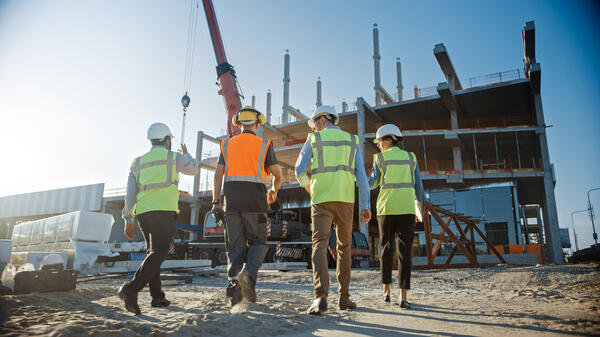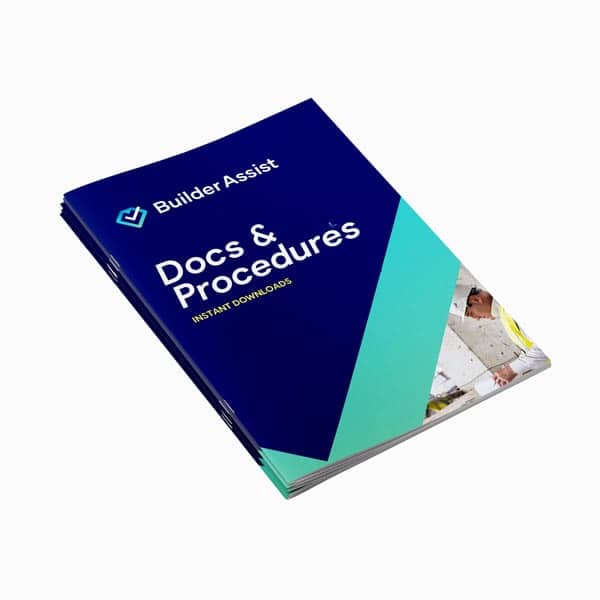
Understanding Work Health and Safety (WHS) in Australia: A Comprehensive Guide for Tradespeople and Construction Workers.
What is WHS? WHS, or Work Health and Safety, is a critical aspect of ensuring a safe and secure workplace for tradespeople and construction workers in Australia.
This comprehensive guide delves into the fundamental principles, protocols, and strategies that contribute to maintaining a healthy and secure working environment.

Work Health and Safety in Australia is a shared responsibility, with tradespeople and construction workers playing a crucial role in creating and maintaining a safe and healthy workplace.
What is WHS?
Work Health and Safety, also referred to as Occupational Health and Safety (OHS), is a legislative framework designed to protect the health, safety, and welfare of all individuals engaged in work activities. In Australia, WHS is governed by state and territory legislation, with the overarching objective of preventing work-related injuries, illnesses, and fatalities.
Key Elements of WHS for Tradespeople and Construction Workers
Risk Assessment and Management:
Tradespeople and construction workers must actively participate in risk assessment processes. This involves identifying potential hazards, evaluating risks, and implementing effective control measures to mitigate those risks. Regular reviews of risk assessments ensure ongoing workplace safety.
Safety Training and Education:
Access to comprehensive safety training is integral for tradespeople and construction workers. This includes induction programs, task-specific training, and continuous education on the latest safety protocols. Understanding potential risks and the correct use of safety equipment is paramount.
Personal Protective Equipment (PPE):
The use of Personal Protective Equipment, such as helmets, gloves, eye protection, and high-visibility clothing, is mandatory in many construction environments. Tradespeople should be familiar with the specific PPE requirements for their tasks and wear the necessary equipment at all times.
Emergency Procedures:
Being prepared for emergencies is a crucial aspect of WHS. Tradespeople should be well-versed in emergency procedures, including evacuation plans, first aid responses, and communication protocols during critical situations.
Workplace Consultation and Communication:
Effective communication is vital for maintaining a safe work environment. Tradespeople should actively participate in workplace consultations, providing feedback on safety issues and contributing to the development of safety policies. Open communication ensures that everyone is aware of potential hazards and safety measures.
Reporting and Incident Investigation:
Tradespeople play a key role in reporting hazards and incidents promptly. This includes near misses, injuries, and dangerous occurrences. Reporting allows for thorough investigations to identify root causes and implement preventive measures, contributing to continuous improvement in workplace safety.
Mental Health and Well-being:
WHS extends beyond physical safety to encompass mental health and well-being. Tradespeople should be aware of the impact of work-related stress and fatigue. Employers should foster a supportive environment and provide access to resources that promote mental health.
Compliance with WHS Legislation:
Staying informed about and adhering to WHS legislation is paramount for tradespeople and construction workers. Compliance ensures that workplaces meet the required standards and safeguards the well-being of everyone on site.
Responsibility for WHS
The responsibility for WHS is shared among all parties involved in a workplace, including employers, employees, contractors, and site managers. Employers have a legal duty to provide a safe work environment, while employees and contractors are responsible for adhering to established safety protocols. Effective communication and collaboration among all stakeholders are essential for ensuring a comprehensive approach to WHS, where each individual plays a crucial role in promoting and maintaining a safe workplace.
To understand the WHS responsibilities of a Principal Contractor, visit our blog Principal Contractor: Obligations and Responsibilities.
For more information about the role of a PCBU, visit PCBU in WHS: Responsibilities for Safer Workplaces.
WHS Resources
Builder Assist stands as a reliable ally for tradespeople and construction workers in navigating the complexities of Work Health and Safety (WHS) compliance. Recognising the importance of streamlined safety protocols, Builder Assist offers comprehensive WHS safety templates. These templates, which are developed by industry experts, serve as invaluable tools, empowering tradespeople to easily adhere to WHS regulations and maintain a secure working environment.
Take advantage of Builder Assist's user-friendly resources and trade-specific templates - they include, but are not limited to:
- Safety Management Plans
- Safe Work Method Statements (SWMS)
- Risk Assessment
- Job Safety Analysis (JSA)
- Injury Management
- Incident policy and procedures
- Site Safety Inspection Docs
- Staff Training and Development
- Toolbox Talk Procedure
For a full list of Builder Assist WHS documentation visit Safety Documents.
Conclusion
Work Health and Safety in Australia is a shared responsibility, with tradespeople and construction workers playing a crucial role in creating and maintaining a safe and healthy workplace. By actively engaging in risk assessment, embracing safety training, wearing appropriate PPE, and participating in workplace communication, tradespeople contribute to the overall success of WHS initiatives.
For more information about WHS and OH&S, visit our blog The Ultimate Guide to OH&S for Builders and Tradespeople.

Safety Management Plans (WHS)
Specifically designed for each trade starting up a business, these Work Health Safety Management Plans or WHS Management Plans, provide support with the management of Work Health & Safety in the workplace. Also referred to as Occupational Health & Safety (OH&S) the material provided in this section will assist with WHS/OHS management and training requirements for the workplace.


